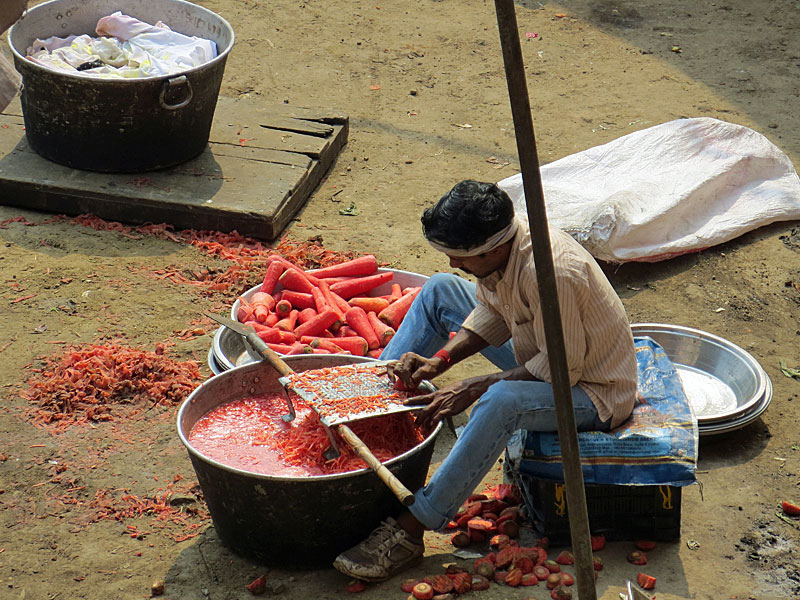rx2waveplumb
New Member
I'm new to plumbing as new homeowner and so have I been performing some simple plumbing and found that it's kind of fun. I love to learn and I was reading up on outdoor faucets and the design of frost free anti-siphon outdoor faucets and the reasons for the anti-siphon mechanism which is to prevent backwards flow of some sort of contamination into the main supply with providing a pressure mechanism. This is where I became confused and realized this part is probably the most serious and so I'm asking for maybe a generalized explanation to all the possible issues with outdoor faucets (even non-frost free) that plumbers have to mitigate for all outdoor lines coming into the main supply of the home?
I had to repair mine and honestly if I didn't read up on that, I would have left it exposed without the cap on my frost freeze faucet. Maybe I'm overestimating the risks but bacteria and other contaminants leaking into my main supply are serious concerns.
Thanks
I had to repair mine and honestly if I didn't read up on that, I would have left it exposed without the cap on my frost freeze faucet. Maybe I'm overestimating the risks but bacteria and other contaminants leaking into my main supply are serious concerns.
Thanks


